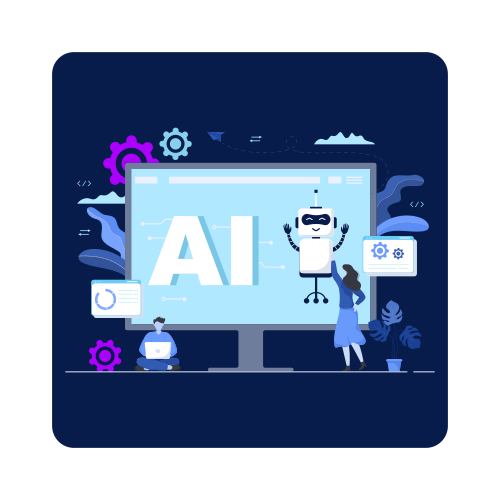The Technologies Shaping the Future of RPA
There's no question that COVID-19 spurred changes to how we work that will long outlast the pandemic. In the RPA space, in particular, those changes have been more acutely felt. Most notably, the pandemic accelerated RPA adoption, a hastening that will continue to drive significant change through 2021 and beyond.
As companies look to the future of RPA, these are the key technologies and areas we think you should be investing in to accelerate results and set your RPA initiatives up for success.
A Future-Focused Strategy
A crucial by-product of the accelerated RPA adoption we saw through 2020 is that many companies have deployed automation quickly but not strategically. It's well-documented that many RPA projects have failed to deliver on their objectives—automation teams find themselves unable to scale RPA and generate the anticipated ROI. Without a doubt, we’ll see this trend continue in the days ahead.
As investment in varied automation technologies increases, so should investment in developing future-focused critical action plans. A good strategy should be at the core of every stage of your hyperautomation journey.
Nearly 1/3 of unsuccessful automation projects can be attributed to poor process selection. With the introduction of new RPA technologies, a more fulsome and strategic approach to process selection will be critical to your investment's success.
Learn more: Automation Mega-Vendors: How to Navigate the Evolving RPA Market
Hyperautomation
In Predicts 2021: Accelerate Results Beyond RPA to Hyperautomation, Gartner states that "Hyperautomation has rapidly shifted from an option to a condition of survival," and we couldn't agree more.
Hyperautomation is the future of RPA. It’s the implementation of an end-to-end automation toolchain, allowing organizations to automate more complex and complete business processes instead of only parts of them, to apply automation at speed.
But speed is not the only benefit; Gartner predicts that by 2024, organizations will lower operational costs by 30% by combining hyperautomation technologies with redesigned and optimized operational processes.
Artificial Intelligence
Gartner predicts that by 2025, AI will be the top category driving infrastructure decisions, and 50% of enterprises will have devised AI orchestration platforms, up from fewer than 10% in 2020.
Embracing AI solutions in your automation journey is the next natural step in your digital transformation. It hits all the right chords: automating end-to-end processes instead of only a small part of them means more relief on administrative burdens, a significant reduction in costs, gains in efficiency, and the greater ability to deliver better customer experiences.
Low-code/no-code Platforms
Low-code/no-code platforms are seeing some of the greatest gains in the hyperautomation space. Here, Gartner predicts that "by 2025, 70% of new custom applications written by enterprises will use low-code or no-code technologies".
Low-code/no-code platforms have the potential to be massive disrupters in the RPA space. These platforms allow for rapid software development, enabling citizen developers with their drag-and-drop functionality.
Additionally, low-code/no-code platforms will empower business users to be more involved in the development of automations, accelerating time-to-value and decreasing reliance on IT.
This agility is particularly beneficial during uncertain times, like those brought on by the pandemic, where businesses need to respond to changing market demands quickly.
Blueprint's Business Transformation Platform is Your Hyperautomation Engine
Future focused companies who intend to scale their RPA initiatives to automate everything possible and achieve hyperautomation need platforms like Blueprint to facilitate enterprise-scale RPA planning, design, governance, and change management.
The Blueprint Business Transformation Platform provides unique integrations and capabilities to power your hyperautomation journey that are unavailable elsewhere in the market. It’s purpose-built to slide into the middle of your hyperautomation technologies.
With numerous integrations with the leading process/task mining and process discovery providers, Blueprint ingests captured processes and stores them in a collaborative, centralized repository. Blueprint also provides an intuitive Process Modeler where all stakeholders can converge to design, optimize, align on, and prioritize processes for automation.
As your hyperautomation engine, Blueprint integrates with the leading RPA tools and provides a revolutionary way to design, plan, and communicate automation work in Digital Blueprints.
Share this
Recent Stories

Automation Mega-Vendors: How to Navigate the Evolving RPA Market

Top 10 Predictions for the RPA Market in 2021



